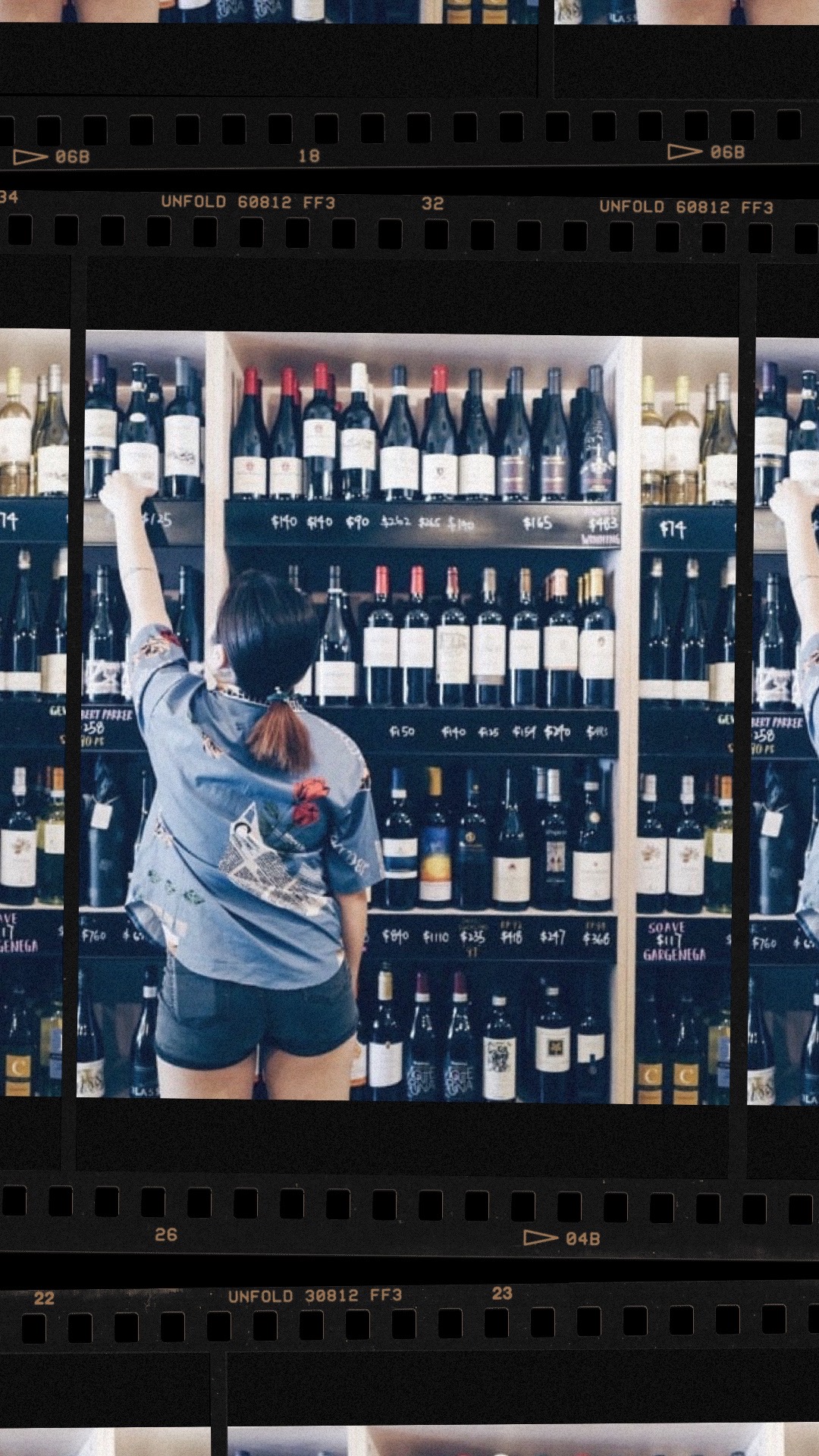Building on feedback from over 25,000 wine consumers in 25 markets; representing over 400 million global wine drinkers, the fifth annual Wine Intelligence Global Wine Brand Power Index reveals a stabilization of wine brand equity, following the steep erosion of brand equity seen in 2021 amidst Covid disruptions. The 2022 data also suggests that global wine brand equity has yet to recover to pre-pandemic levels.
The Wine Intelligence Global Wine Brand Power Index 2022 incorporates consumer feedback on key brand health measures and an index is calculated at a global level as well as at a country level across 25 key wine markets. This year’s index saw Denmark featuring as a substitute for the Russian market, which was not surveyed.
At an aggregate level, the top 15 global brands collectively scored higher (6.5 points more) in 2022 compared with 2021. However, on a two-year view, scores remain substantially lower than in 2020, noting that the 2020 result was based on consumer surveys that took place in 2019 (before the Covid pandemic). Across the two-year period (2020-22) awareness levels tended to be more resilient; the main driver of change in the index during this period appears to come from the recalled purchase and connection scores, which both fell significantly for the top 15 global brands in 2021.
Yellow Tail and Casillero del Diablo claim the #1 and #2 spots (again) respectively in the 2022 Global Wine Brand Power Index, with their brand power index scores remaining well clear of all other wine brands. Both brands place as the #1 brand in three out of the 25 markets, with Yellow Tail also claiming a top ten ranking in 10 markets and Casillero del Diablo in 14 markets. Yellow Tail’s strength in the US market is cementing its #1 global ranking in the index. Barefoot now ranks as the 3rd most powerful wine brand globally, rising every year from its 13th position in 2019.
Other notable climbers within top 25 of the 2022 Wine Intelligence Global Wine Brand Power Index include Santa Carolina, which continues its rise to now rank #7; Apothic rising five places to #14 and Dark Horse – which has jumped eight places to #25.
Commenting on the rankings, Lulie Halstead, CEO of Wine Intelligensaid: “In a year characterized by relatively less upheaval for consumers, it’s a relief to see equity for wine brands has stabilized in terms of consumer connection as wine drinkers have returned to more frequent touchpoints with wine in both retail and the on-premise.”
She added: “Successful wine brand owners will be those with a focus on restoring the fundamental positive connections that have propelled their brands to such widespread success on the world stage in the first place, while doing their best to maintain availability and the value proposition amid input cost increases and supply chain disruptions.”
Source: Wine Intelligence
#winenews #winelovers #wineeconomics #winetrade #winebusiness #winemarketing #winewednesday #WW #wine #winetrends #wineresearch #WineIntelligence #vino #vin




